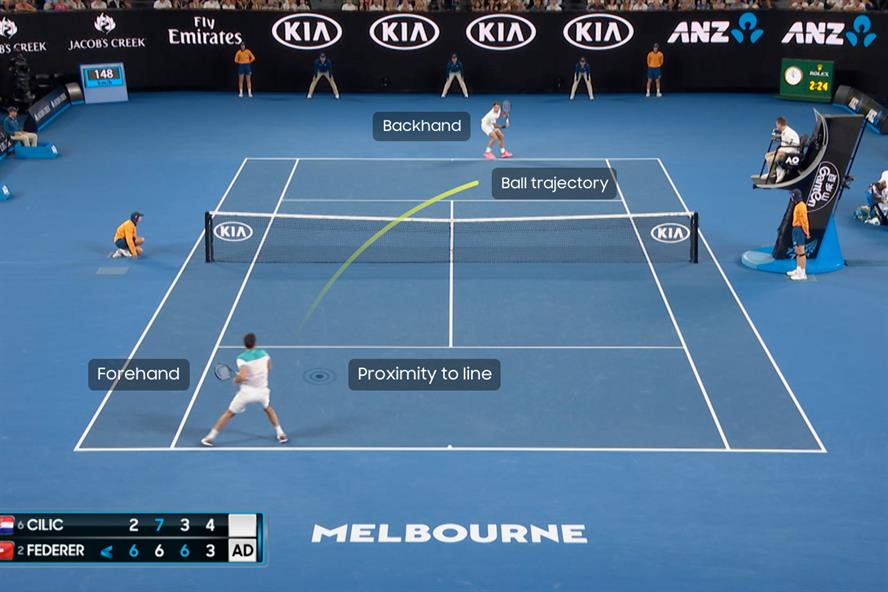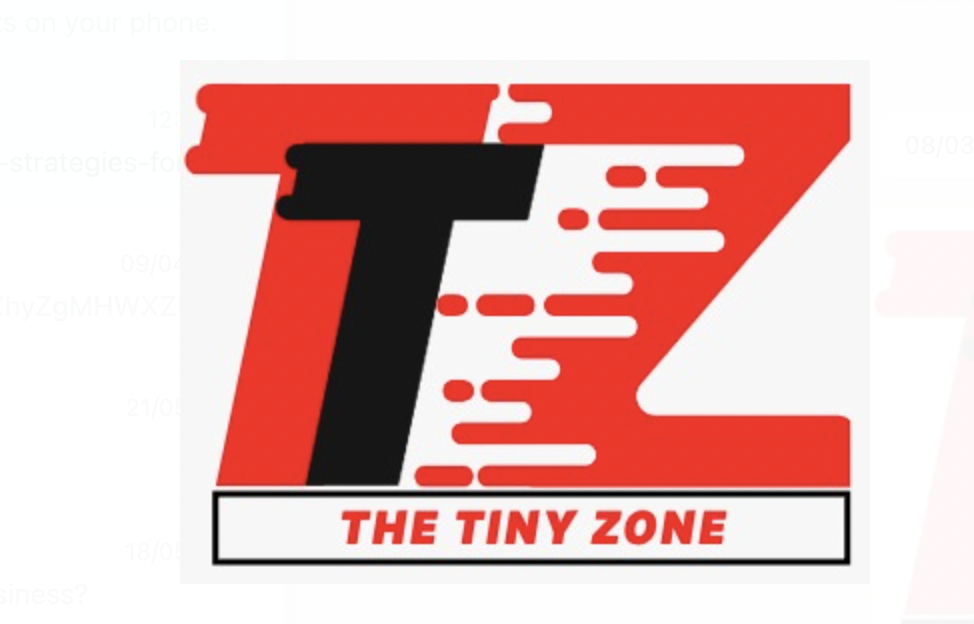In the world of sports, data analytics has become a game-changer, revolutionizing the way athletes train, coaches strategize, and fans engage with the game. Tennis, a sport known for its tradition and finesse, is no exception.
Over the past decade, the integration of data analytics into tennis has opened up new frontiers, providing players and their support teams with a wealth of information to enhance performance and gain a competitive edge. In this article, we’ll explore how data analytics is transforming the game of tennis.

Serve and Shot Analysis: Enhancing Precision and Strategy
Data analytics has allowed tennis players to delve deeper into their own game by analyzing every serve and shot. Advanced tracking systems capture details like the ball’s speed, spin rate, and placement on the court. This information is then used to identify strengths and weaknesses, enabling players to fine-tune their strategies.
For instance, a player may discover that their backhand is less effective when hitting crosscourt against a particular opponent. With this insight, they can adjust their game plan to focus on other shots or tactics. Similarly, serve analysis helps players optimize their delivery to maximize both power and accuracy.
Moreover, data-driven analysis extends beyond individual players. Coaches and analysts can assess the performance of opponents and develop game plans tailored to exploit weaknesses. This level of precision has added a strategic dimension to tennis that was previously unavailable.
Injury Prevention and Recovery: Maintaining Peak Physical Condition

In the physically demanding world of tennis, injuries are all too common. However, data analytics has stepped in to help prevent and manage them. By monitoring players’ movements, load-bearing patterns, and biomechanics, sports scientists and physiotherapists can identify potential injury risks.
For example, wearable sensors and GPS tracking provide real-time data on a player’s speed, acceleration, and distance covered during a match or practice session. If irregularities or signs of overexertion are detected, coaches and medical staff can intervene to prevent injuries before they occur.
Furthermore, analytics is crucial in rehabilitation. Injured players can use data-driven insights to track their progress and adjust their recovery routines accordingly. This not only accelerates healing but also reduces the risk of reinjury, allowing players to return to the court in peak physical condition.
Fan Engagement: Bringing Tennis to the Digital Age
<iframe width=”950″ height=”534″ src=”https://www.youtube.com/embed/Ol9BkyRFQSM” title=”How to Set Up a Perfect Digital Fan Engagement Strategy” frameborder=”0″ allow=”accelerometer; autoplay; clipboard-write; encrypted-media; gyroscope; picture-in-picture; web-share” allowfullscreen></iframe>
The integration of data analytics in tennis isn’t limited to the players and their teams; it also benefits fans and those who like to bet on tennis. Tennis enthusiasts can now access a treasure trove of statistics and insights, enhancing their viewing experience.
Platforms and apps provide real-time data on player performance, match statistics, and historical trends. Fans can track a player’s performance over the course of a tournament, compare head-to-head records, and even predict match outcomes based on historical data.
Additionally, data-driven graphics and visualizations have become a staple in tennis broadcasts. Viewers can see serve speed, rally length, and shot placement displayed on their screens, providing a deeper understanding of the game’s dynamics. This engagement not only appeals to avid tennis followers but also attracts new fans to the sport.
Scouting and Recruitment: Identifying Future Champions
Data analytics is helping find and train new tennis talents. People who look for future tennis stars, like coaches and scouts, use data to find young players who might become great. They look at things like how fast a player runs or how well they hit the ball. This helps them decide who to help and train.
Data analytics also helps young players get better. They get special plans and advice based on what they’re good at and what they need to improve. This makes it fairer for players from all over the world to get noticed and get better at tennis, even if they don’t live in famous tennis places.
Strategy Evolution: Adapting to Changing Trends
In tennis, data analytics isn’t just about making players better at what they do; it also helps them adapt to the changing trends in the sport. Think of it like a GPS for tennis strategy.
Imagine you’re a tennis player, and you want to improve your game. With data analytics, you can look at information from many matches and seasons to see how the game is changing. For example, you might notice that more top players are playing aggressively at the net. Knowing this, you can change your training to get better at playing at the net or come up with ways to counter this style of play.
Data analytics also helps players understand their opponents better. By looking at how opponents have performed in the past, players can figure out their strengths and weaknesses. This can help them make better decisions during a match.
So, in the world of tennis strategy, data analytics is like having a guiding compass. It helps players and coaches figure out what’s working, what’s changing, and how to stay ahead of the game.

Technological Advancements: A Continuous Journey
As technology continues to advance, so does the impact of data analytics on tennis. Tennis is getting better thanks to new tools and technology. One cool tool is called Hawkeye, which helps track exactly where the ball goes on the court. There are also special gadgets that players wear to keep an eye on their health during a game.
Another cool thing is how computers are helping. They use something called artificial intelligence and machine learning to look at a lot of data. This helps coaches and players make smarter decisions about how to train, what strategies to use, and how to get better.
And they’re not just looking at one thing. They put together lots of information from different places, like:
- how well a player is doing,
- what the weather is like,
- and what kind of court they’re playing on.
This helps them see the big picture and find new ways to play better.
So, in simple terms, tennis is using cool technology to make the game more exciting and help players get even better at it.
Conclusion
In summary, the synergy between tennis and technology, driven by data analytics, is an ongoing journey with boundless potential. It not only benefits players and their support teams but also enriches the experience of fans and opens up new avenues for talent discovery and development.
As the technology continues to evolve, so too does the way we perceive and appreciate the timeless sport of tennis. The future promises a more data-driven, strategic, and exciting game for players and fans alike.


